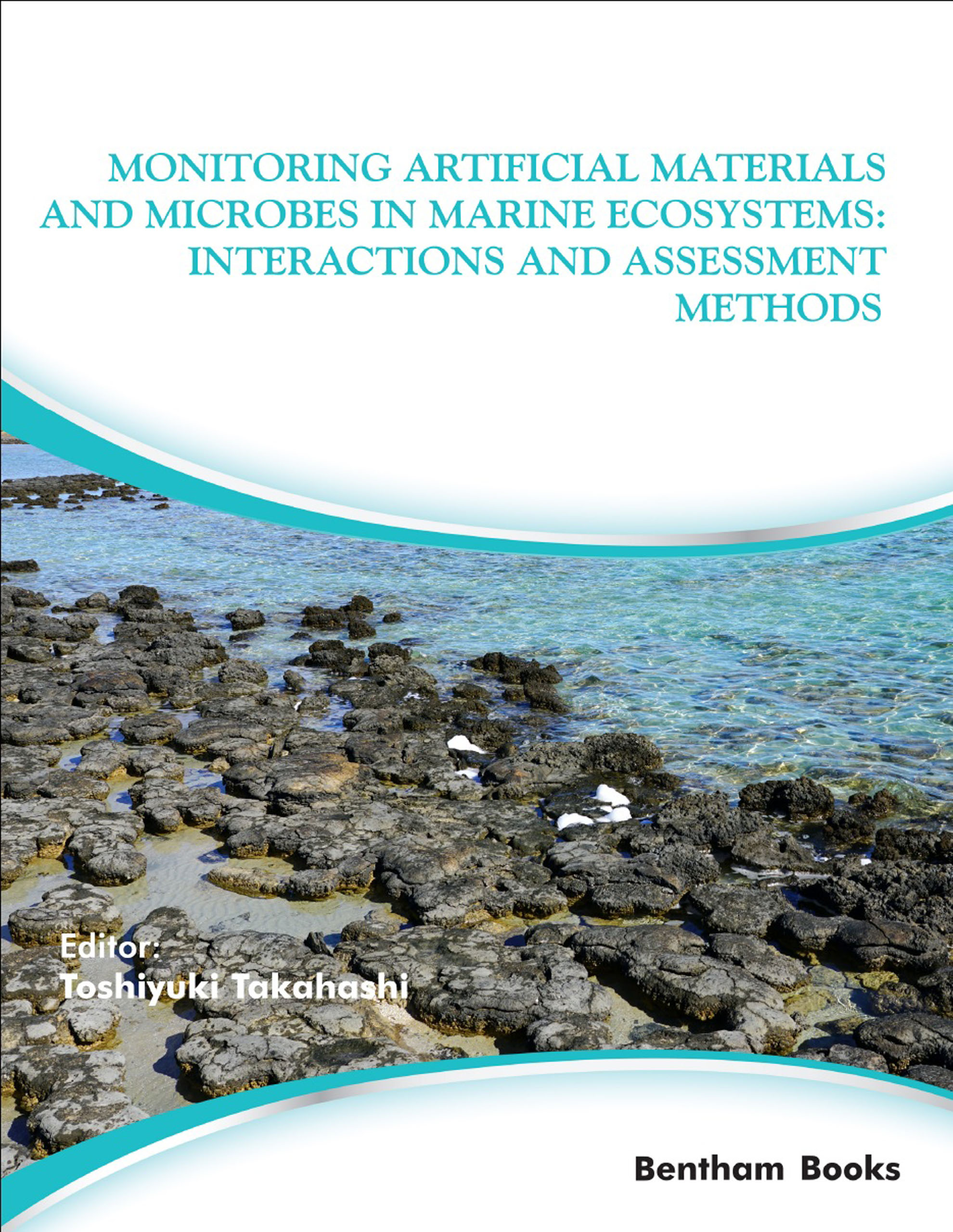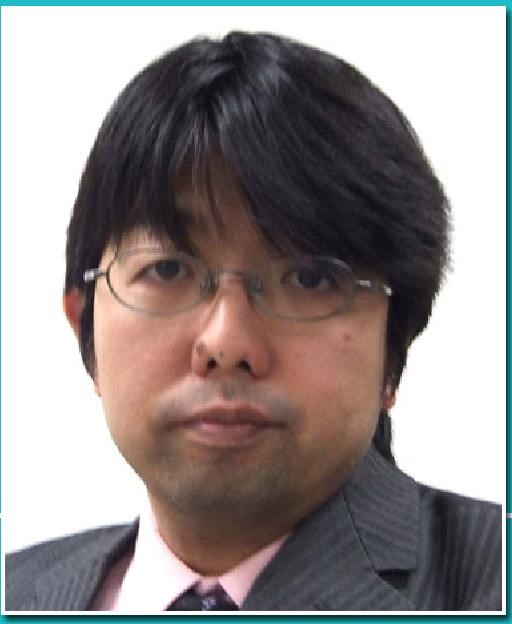
Monitoring Artificial Materials and Microbes in Marine Ecosystems: Interactions and Assessment Methods
Marine ecosystems offer several benefits to human communities. To make sustainable use of these benefits, it is necessary to elucidate and conserve marine ecology, and strive to maintain a sustainable natural resource management program. For this reason, understanding the diversity and behavior of both macro-ecosystems and micro-ecosystems are crucial. Monitoring Artificial Materials and Microbes in Marine Ecosystems explores microbial roles and their interaction with artificial materials in marine environments. After starting with simple topics for beginners, chapters explore methods to detect microorganisms in marine ecosystems and interactions of marine organisms with artificial materials. The sequential progression into advanced topics makes it easier to understand how to solve the reduction in marine-ecosystem viability caused by adverse events. Readers are provided with useful information for rehabilitating marine environments to make them sustainable for communities. Topics are covered in 3 parts: Part 1 is an introductory guide to marine ecosystems and environmental monitoring assessment. Readers are introduced to coral reef ecosystems, algal blooms and the role of environmental monitoring services in maintaining and restoring the quality of marine environments. This is followed by examples of sustainable marine environment assessment.Part 2 provides information about methods to detect microorganisms (viruses and bacteria) and evaluate marine environments. This includes sample enrichment methods, electrochemical analysis, and single cell imaging techniques. The highly sensitive and specific techniques presented in the book, are applicable in a wide variety of situations.Part 3 is dedicated to interactions between artificial metallic materials and microorganisms in marine environments. Chapters in this section share results from several experiments conducted to separate microorganisms and biofilms from such environments. This book is intended primarily for marine ecologists, microbiologists, environmental engineers, and engineers associated with industrial projects. This book is also useful as a text for undergraduate and graduate level courses in marine biology, ecology, and microbiology. Marine ecosystems offer several benefits to human communities. To make sustainable use of these benefits, it is necessary to elucidate and conserve marine ecology, and strive to maintain a sustainable natural resource management program. For this reason, understanding the diversity and behavior of both macro-ecosystems and micro-ecosystems are crucial. Monitoring Artificial Materials and Microbes in Marine Ecosystems explores microbial roles and their interaction with artificial materials in marine environments. After starting with simple topics for beginners, chapters explore methods to detect microorganisms in marine ecosystems and interactions of marine organisms with artificial materials. The sequential progression into advanced topics makes it easier to understand how to solve the reduction in marine-ecosystem viability caused by adverse events. Readers are provided with useful information for rehabilitating marine environments to make them sustainable for communities. Topics are covered in 3 parts: Part 1 is an introductory guide to marine ecosystems and environmental monitoring assessment. Readers are introduced to coral reef ecosystems, algal blooms and the role of environmental monitoring services in maintaining and restoring the quality of marine environments. This is followed by examples of sustainable marine environment assessment.Part 2 provides information about methods to detect microorganisms (viruses and bacteria) and evaluate marine environments. This includes sample enrichment methods, electrochemical analysis, and single cell imaging techniques. The highly sensitive and specific techniques presented in the book, are applicable in a wide variety of situations.Part 3 is dedicated to interactions between artificial metallic materials and microorganisms in marine environments. Chapters in this section share results from several experiments conducted to separate microorganisms and biofilms from such environments. This book is intended primarily for marine ecologists, microbiologists, environmental engineers, and engineers associated with industrial projects. This book is also useful as a text for undergraduate and graduate level courses in marine biology, ecology, and microbiology.
تنسيق الكتاب
رخصة الكتاب
$ 99.00
تعليقات
لقطة التصنيف
اختر صف بالأسفل لتصفية التعليقات.
0
0
0
0
0
0
بصورة إجمالية
متوسط تقييم المستخدمين
مراجعة هذا الكتاب
شارك أفكارك مع القراء
مزيد من المعلومات
description_of_book
Marine ecosystems offer several benefits to human communities. To make sustainable use of these benefits, it is necessary to elucidate and conserve marine ecology, and strive to maintain a sustainable
معلومات إضافية:
تاريخ الإصدار
10 فبراير 2020
ردمك -الرقم الدولي المعياري للكتب-
9789811437250
جدول المحتوى


